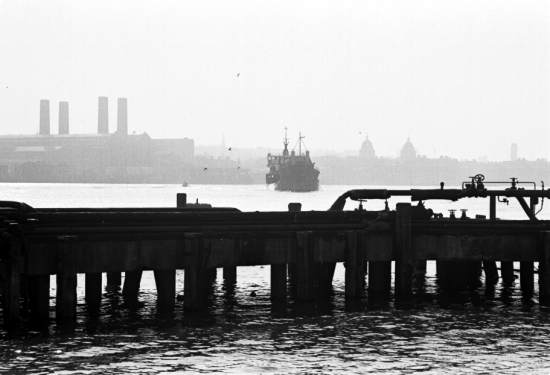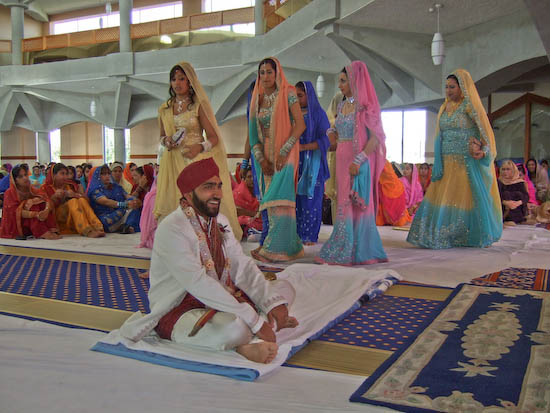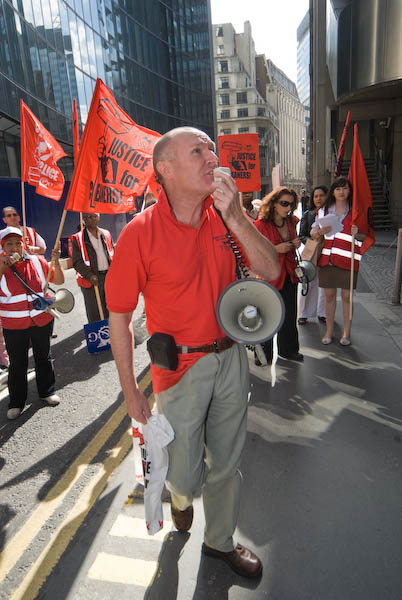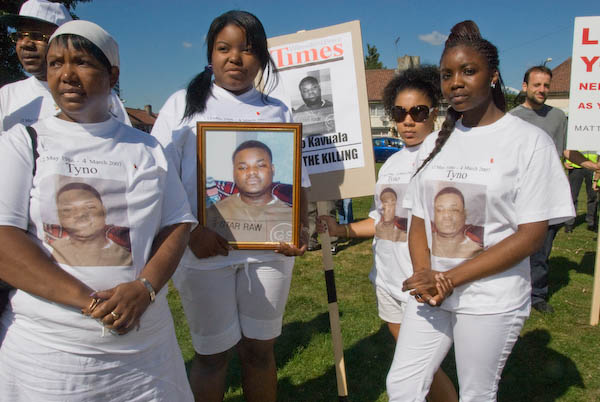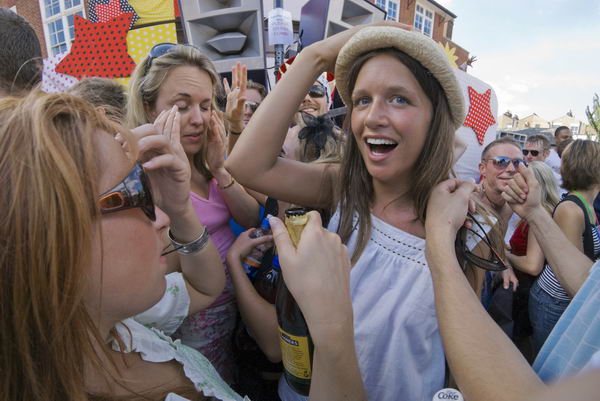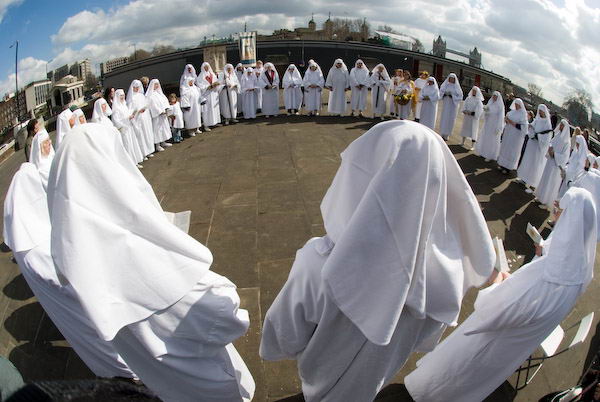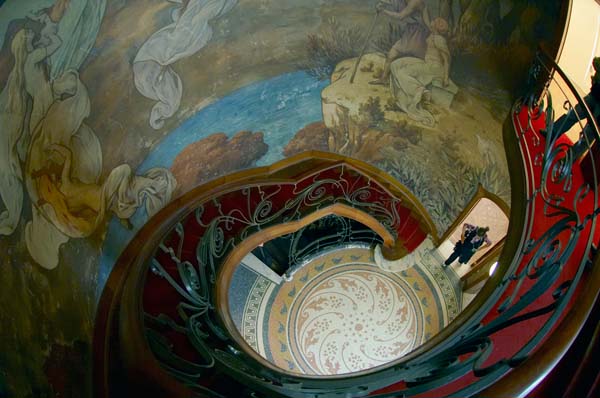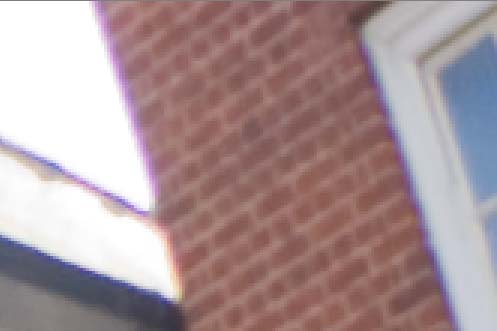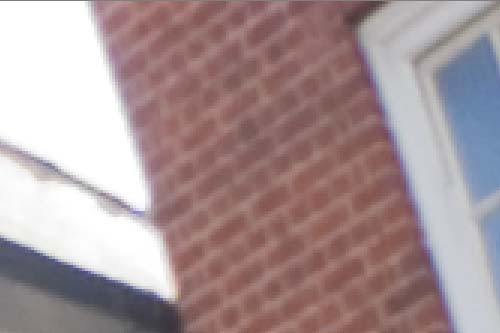I’ve just been reminded by a posting on the ‘Multipro’ list (for users of the now-discontinued Minolta Dimage Scan Multi Pro’) about some of the problems and solutions for scanning film negatives and transparencies. Although I’m using very little film now, I still have a few hundred thousand old images, and if I need to print any of these, I now turn to scanner rather than darkroom. Sometimes I have little choice; thanks to years of storage without any control of temperature, humidity or atmosphere, many now need considerable digital retouching to get an acceptable print. Of course in my early years, my processing might not always have been entirely archival, although some of the worst problems I have are with trade-processed materials.
Oil or Plastic?
One technique sometimes used to improve scan quality is oil immersion of the film to be scanned, and apparently there is a feature in the current (Nov-Dec 2007) issue of Photo Techniques by Ctein in which he shows how to do this simply (but messily) using cheap mineral oil with the Minolta. Fortunately if you have a Multipro, you don’t need to get your fingers and film in a mess, as thanks to the work of Dutch photographer and filmmaker Erik de Goederen, you can use a Scanhancer, a simple plastic sheet that – at least in the tests I’ve seen – gives slightly better results than oil immersion.
If you use a different scanner, there is a page on the Scanhancer site that discusses other Minolta scanners, as well as those from Polaroid, Microtek, Canon and Nikon. Minolta themselves appeared to have learnt from the Scanhancer research, building in a similar device to their Minolta Dimage Scan Elite 5400 (and a slightly different, but no quite so effective method with the Mark II version) before their unfortunate absorbtion/demise at the hands of Sony.
Third-party Software
Whatever scanner you own, its performance is likely to be limited by its software. I’ve owned half a dozen over the years, and for several of them crippled would be a more appropriate term. Getting good scans has meant using third-party software, and I’ve used (and reviewed) both SilverFast and Vuescan. Vuescan is the product of one man, Ed Hamrick, and has worked with every scanner I’ve owned and the pro version still offers unlimited free updates (I’ve been getting them for around ten years.) It’s good to know that when I have to buy a new scanner, Vuescan will almost certainly still work with it, while copies of SilverFast I’ve used were specific to a particular model. A single Vuescan licence also allows use by one person on up to 4 computers – and will work with several scanners on a computer.
Both programs can give good scans, though I’ve generally preferred the results from Vuescan, especially when scanning negs. For some jobs Silverfast was faster, and it often gives scans that need no adjustment in Photoshop, whereas those from Vuescan are always improved. But almost all the scans I make need considerable work on them, both to eliminate blemishes (infrared cleaning can do a little on most colour and chromogenic negs, but heavy use does destroy detail) but also to ‘dodge’ and ‘burn’ as I would in the darkroom.
I also scan at 16 bits per channel to enable me to manipulate the files in Photoshop without loss, usually reducing there to 8 bit per channel as few output devices will handle greater bit depth, and I’m generally rather short of storage space (even with more than a terabyte of hard disk in this computer I’m running out of space.)
Combining Vuescan with the ‘Scanhancer’ and ‘Multipro’ can give results that of comparable quality with those from high-end equipment (drum or those hugely expensive flatbeds) – at least from normal 35mm and 120 negatives. I suspect if you have very dense overexposed negatives the expensive gear may cope better.
At some point I hope to replace my old Epson flatbed by one of their more recent models such as the V750 Pro (or possibly whatever replaces this.) When I do it will be interesting to see whether Vuescan will get more out of it than the software supplied.
